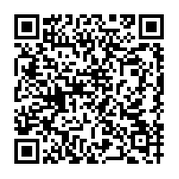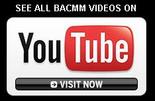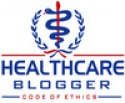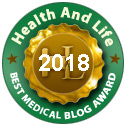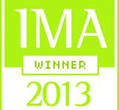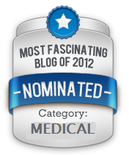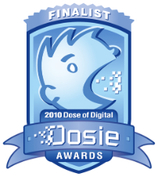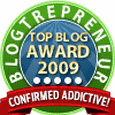Here are some suggestions so you can create a design for your brochures to better engage your target audience with your message:
1. Create a design that talks
Do not just make your print brochures visual displays of your services. Use your graphics and text to communicate to your target audience your message. Mix and match these two elements so you can provide more effective marketing collateral for your practice. Make sure that your text supports the graphics in your brochure, and vice versa. The end goal is to have it easy for your readers to understand your message.
2. Be unique
Offer your readers something distinctly yours. Capitalize on what you have to build your brand value. By providing your present and prospective patients your unique benefits, you’ll have more chances of getting them interested in your services.
3. Always keep it sweet and simple
This is not just a basic rule for nothing. It is what draws the line between an effective marketing tool and a failed one. By keeping it simple and brief, you will make it easier for your target audience to understand your message right away so they can make a wise decision regarding your services.
4. Determine your font size
A font size that is larger than the standard size can get you attention. Not only that, but it makes your text readable, which in turn can help your target audience understand what you want to say to them.
5. Create sections in your brochure
Dividing your brochure into sections can again help your target audience to better understand your message. Do not overwhelm them with too much information. Instead, break your data into bite-size chunks so they can go straight to the topic they need.
6. Always offer quality
It should not mean that although you have a relatively inexpensive brochure, that it should also look cheap. There are ways and means to look professional without having to break your budget. Ask BAC Medical Marketing for suggestions on how you can save on your costs without sacrificing the quality of your marketing collateral.
7. Lastly, represent your brand image in your brochures.
Always remember that your marketing collateral represents who you are and what you can do for your target audience. So make sure that your print brochures embody everything that is you, which makes you distinct from the rest of the competition.
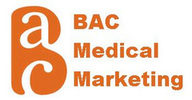
 RSS Feed
RSS Feed
